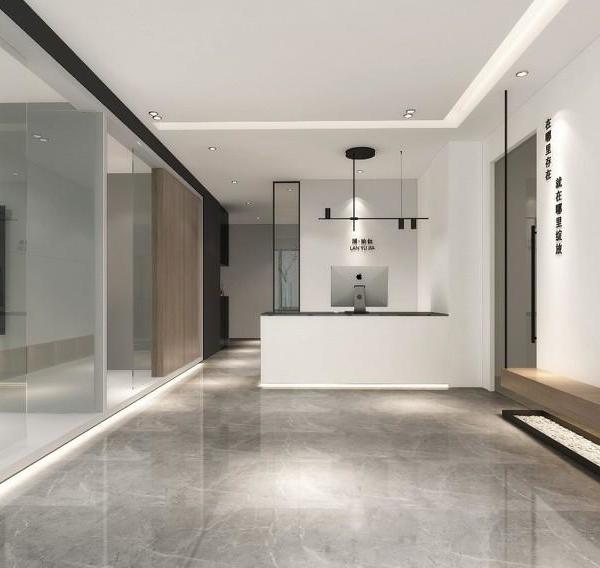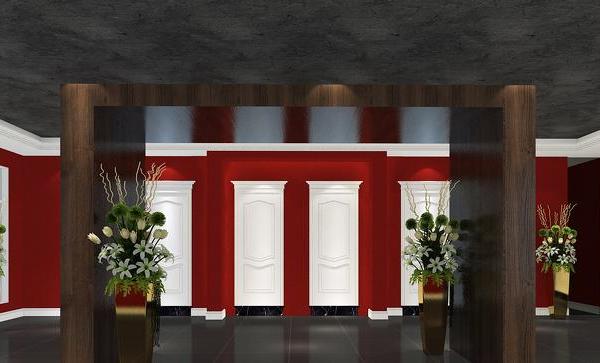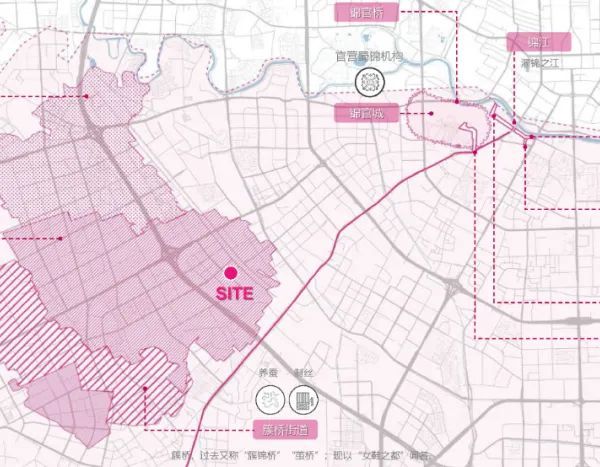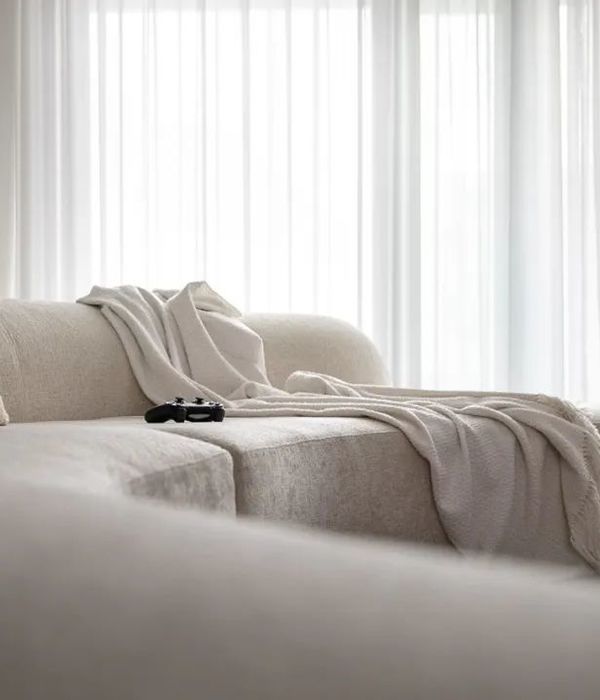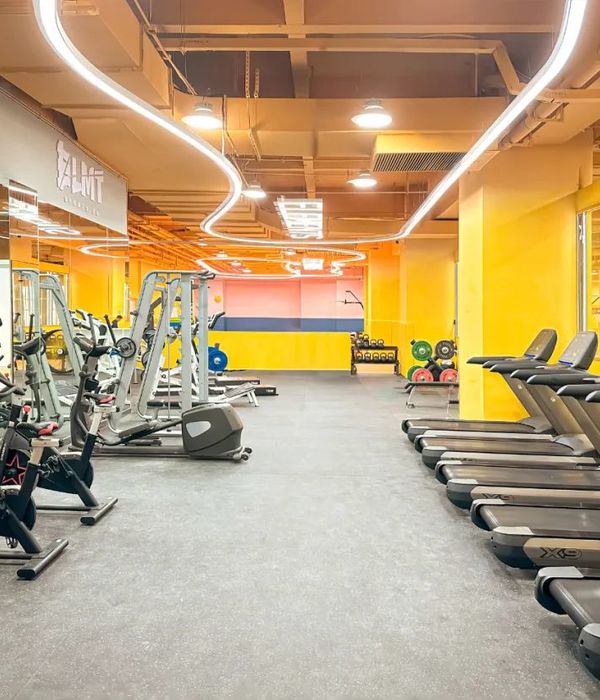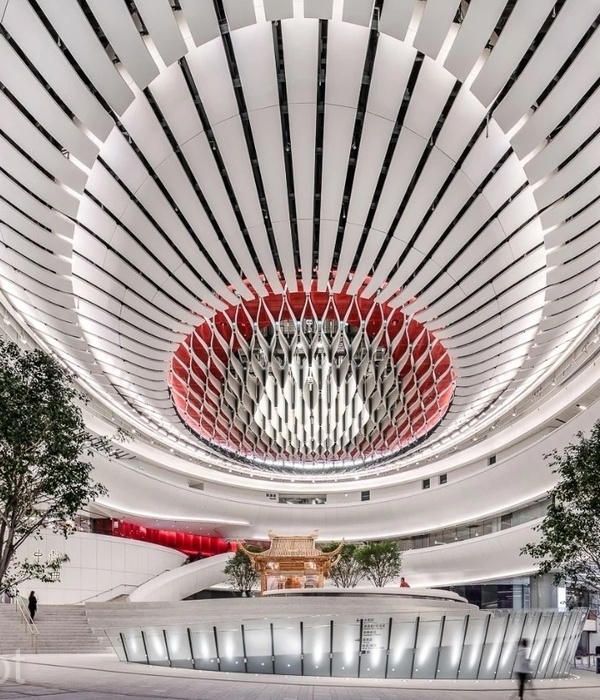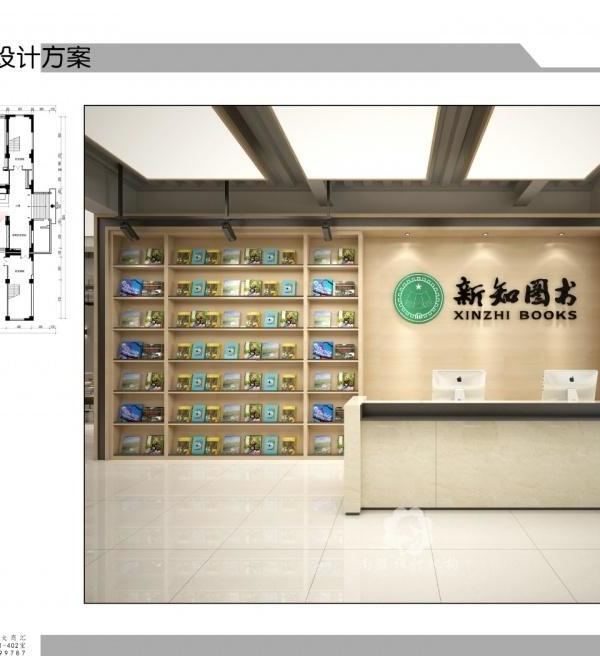Architect:Piuarch
Location:Krasnodar, Russian Federation
Category:Exhibition Centres Auditoriums Cultural Centres
Piuarch wins the commission for the Ekaterinensky Congress Center in Krasnodar
Located on the banks of the Kuban River, it is an important cultural complex on three levels, with a total floor area of 2,840 square meters. The building houses a conference hall with a capacity of 720 seats – which can be set up in different configurations – a foyer, a restaurant, a bar and service areas, and it also offers a scenic view of the river bay and a new pedestrian plaza on the side of the city, where the entrance to the center is located.
The building also features terraces on the roof and outdoor spaces on the ground floor, which allow for the expansion of the internal functions. The project also offered Piuarch the opportunity to redesign the relationship between the city and the riverfront: redefining the waterfront, creating a relationship between the natural water environment and parks and the built-up urban area, by reconfiguring the city’s gateway to the river.
Krasnodar is a city with a population of 829,000, the administrative center of Krasnodar Krai in southern Russia. The city is in the Caucasian plains on the Kuban River, not far from the shores of the Black Sea and from the northern foothills of the Greater Caucasus mountains.
THE SETTING
The urban and natural setting in which the center will be built does not have a unified design, the result of the disorderly development of recent decades.
Within this scenario, Piuarch’s objective was to redefine the relationship between waterways, greenery and the urban grid.
The result is a complex featuring a soft, sinuous, organic façade that establishes a relationship with the river, letting itself be permeated by light.
The building’s entrance – set on the side of the city – is characterized instead by a linear, geometric façade that creates a dialogue with the artificial weave of the urban fabric.
CONCEPT
The Ekaterinensky Congress Center aims to be a new architectural and functional landmark for the area that overlooks the Kuban River and for the entire city of Krasnodar.
The grid of the urban fabric makes sharp, geometric cuts on the entrance side of the new structure, while on the opposite side the building winds along a flowing border that harmonizes the meeting of the outside spaces and the interior spaces of the congress center.
The building has three floors and features terraces on the roof and outdoor areas on the ground floor.
The large entrance hall rises to the full height of the building, connecting the various functional areas. The façade facing the street is characterized by a large brise-soleil in oxidized copper, establishing a strong identity.
The sinuousness of the side facing the river is accentuated by the use of curved glass windows that follow the exterior border of the structure. At night the building becomes a “lantern,” a landmark visible all along the river.
THE BUILDING
The design envisages the creation of a gross floor area of 2840 sq.m. distributed over three levels and divided into the two functions of congress center and restaurant. It also includes 1570 sq.m. of outside areas, with roof terraces for the restaurant (570 sq.m.) and outdoor areas on the ground floor for the entrance area and for the catering areas next to the conference hall (1000 sq.m.)
In order to make the best use of the underground space (the water table is at a depth of about 4.5 m), the entire building stands on a volume that rises above the present street level and which makes it possible to create two underground floors containing parking areas (with about 100 spaces for cars), technical rooms and service rooms.
The underground volume rises 1.5 m above street level, and its cover becomes the podium upon which the entire building stands.
The large entrance hall rises the full three floors in height and faces the street, linking all of the functions within the building, becoming – beyond the façade characterized by its large brise-soleil – an identifying element at the entrance to the congress center.
The central body of the building contains all the services and vertical links and divides the entrance area from the plenary hall (with all its related functions) and from the restaurant on the second and highest floor.
The building’s curved lines, the open multipurpose interior spaces and the vantage points overlooking the river are the defining elements of the congress area, with the conference hall surrounded by areas for private meetings, offices and catering.
The hall occupies 700 sq.m., and has movable soundproof walls that can be used to divide the space into several different configurations: the 720-seat plenary hall; 3 parallel 200-seat halls; 6 small 60-seat halls; or set up as a completely open room for gala dinners or dancing.
The interior height of approximately 9 meters allows for good sightlines for the audience and a wide range of possible setups. The interpreters’ booths and the control room are on the first floor.
The two-story hall is overlooked by the first floor, which only partially occupies the building and is used as multipurpose areas for private meetings and/or catering, with a bar on the side of the hall.
The service areas – the kitchen and the restaurant on the second floor, bar on the first floor and storage areas on the basement floors – are connected vertically by an elevator and by stairs, so that the functional connection between the different levels is ensured for every type of event.
THE SHELL
The entire shell consists of glass curtain façades, but while the front façade enclosing the hall is characterized by a precise grid, the façades on the river side rise up straight vertically while following the sinuous plan of the building volume. The grid on the front of the building establishes the design of the brise-soleil protecting the façade, while the sinuosity of the rear façade is accentuated by the use of curved windows set vertically along its curving contour.
The rotation of the brise-soleil fins along their vertical axis lends a dynamic quality to the entire design of the façade. The depth of the brise-soleil is such as to protect the hall facing east from sunlight. On the curved façade the outward concavity of the windows makes it possible to obtain greater movement in the reflections, giving a greater flow to the outside shell.
The use of a facing material such as oxidized copper – charged with metallic reflections for the brise-soleil on the entrance side – contrasts with the use of glass with its reflections in natural colors for the curved facades on the park and river sides of the building. At night the entirely glass shell causes the building to shine like a lantern, turning it into a landmark visible all along the river.
THE SURROUNDINGS
A direct consequence of the project for the construction of the congress center is an aesthetic/functional rethinking of the areas surrounding the building, with the twofold function of sustaining the quality of the project and improving the quality of the waterfront.
In the green areas, the existing trees will remain, and the gardens underneath them and part of the river banks will be redesigned. Functional elements will be introduced, such as curving paths with rest areas with a view of the river, play areas for children, terraced areas on the river and a small space for outdoor performances.
The side facing the city will instead be redesigned with the creation of a pedestrian plaza.
The entire area along the river is pedestrianized, making it more integrated with the surrounding parks and linked with the Postovaya ul. pedestrian route. Access by car is allowed only for reaching the car parks of the buildings.
SYSTEMS
In order to ensure maximum energy efficiency, the shell has been designed with glass curtain walls with double glazing for low heat transmission values and with a roof garden that provides a balancing thermal effect. The east façade features the use of a brise-soleil that protects the large hall from summer heat gain.
The design of the technological systems is aimed at saving energy and reducing management and operational costs.
▼项目更多图片
{{item.text_origin}}


